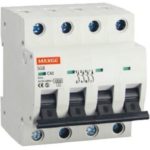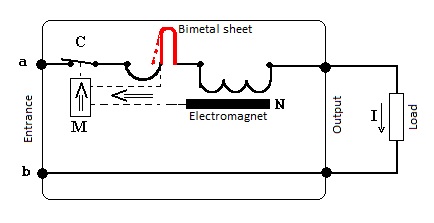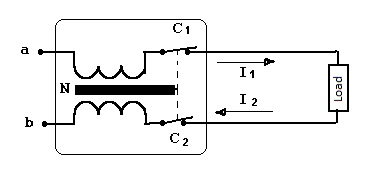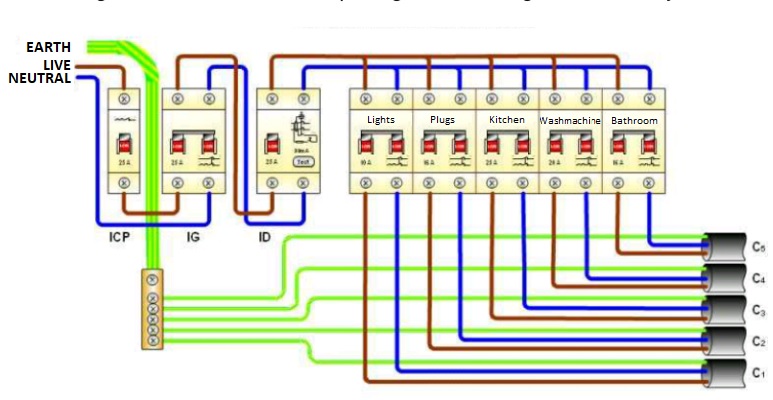A circuit breaker is an automatic switch that cuts off the electrical current if certain conditions are reached. It is used to protect people and electrical devices.
In contrast to fuses, which are single-use, a circuit breaker can be reset as long as the causes that triggered it have been resolved.
Characteristics and types of electrical circuit breakers
When purchasing one of these electrical components, there are a number of characteristics to take into account:
- Operating voltage: Voltage for which they are designed. They can be single-phase or three-phase.
- Nominal intensity As with the voltage, it is the value of the working current.
- Cutting power: The maximum intensity it can interrupt.
- Closing power:Maximum intensity that can be supported without damage.
- Number of poles: The number of connectors that can be connected to the device.

The main types of circuit breakers are thermal circuit breakers, magnetic circuit breakers, magneto-thermal circuit breakers and differential circuit breakers. Below we will detail those most frequently used in domestic installations, such as the circuit breaker and the earth leakage circuit breaker.
Circuit breaker
This device, better known as a circuit breaker, is responsible for cutting off the current when it exceeds a certain limit.They protect the rest of the installation and the connected equipment from possible overloads and short circuits.

As we have already seen when discussing the electrical installation of a house, each of the circuits that are installed has its own circuit breaker.
A special type is the engine guard, which is very common in industrial environments.Its performance is exactly the same, but it is designed to cope with the current peaks generated during the start-up of electric motors.
Differential circuit breaker
The circuit breaker or residual current circuit breaker is responsible for protecting people from electric shocks. It works in conjunction with the earthing of all the elements of the installation.

This device is used to compare the current going into the circuit with the current coming out of the circuit.If everything is correct, they should be the same and the switch remains closed, allowing electricity to pass through.If, for example, we were to come into contact with any part of the installation and suffer a shock, the output current would be lower, activating the circuit breaker that would cut off the current.
It should be noted that the differentials are fitted with a test button to check that they are functioning correctly.Given its importance in protecting people’s lives, it is very important that we check that it is still in perfect condition (by pressing this button) from time to time.
Location of circuit breakers
The different types of circuit breakers are installed in the electrical panel.The most common configuration is to have the main switch and immediately after it the circuit breaker, from which the circuit breakers of each of the circuits of the installation “hang”.

The PCI, if present, is installed above the main switch, but with digital meters this device is no longer necessary.
As we can see, circuit breakers are basic safety elements in electrical installations and protect electrical appliances and people.Do you have any questions about electrical circuit breakers? Leave us a comment.


